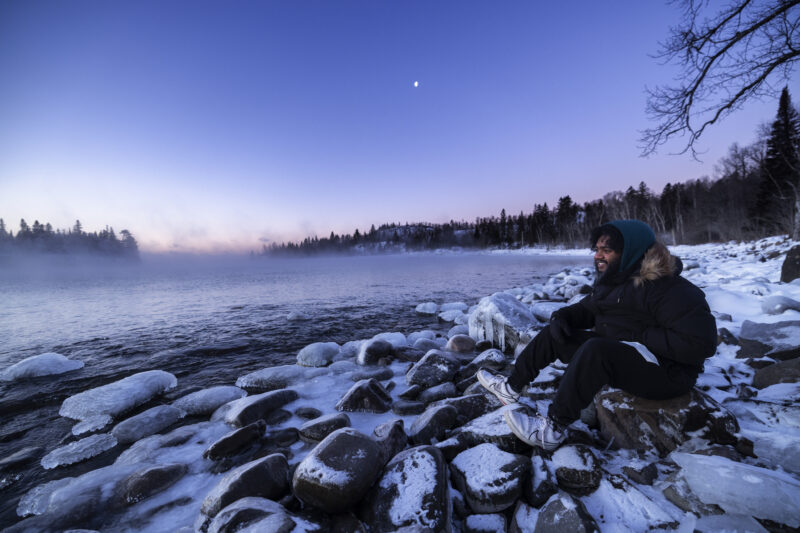
As winter melts into spring, Minnesota’s lakes, rivers, and wetlands come back to life. Water is one of our state’s most precious resources, providing drinking water, recreation, and habitat for wildlife. But with spring’s thaw comes runoff, pollution, and other challenges that threaten water quality.
Being a good steward of Minnesota’s water starts with small, intentional actions. Whether you live near a lake, a river, or in a city, everyone plays a role in caring for our water resources. Here’s how you can make a difference this spring.
1. Prevent Polluted Runoff
Spring rain and melting snow carry pollutants like fertilizer, road salt, and debris into our waterways. You can help reduce runoff by:
- Using phosphorus-free fertilizer or skipping it altogether
- Keeping storm drains clear by removing leaves, litter, and yard waste. Anything that enters a storm drain flows directly into rivers and lakes, untreated.
- Planting native plants and rain gardens to absorb excess water and filter pollutants before they reach waterways.
2. Use Water Wisely
With spring gardening and lawn care in full swing, it’s easy to overuse water. Practice water stewardship by:
- Collecting rainwater in barrels for watering plants instead of using treated tap water.
- Watering early or late in the day to reduce evaporation.
- Choosing drought-resistant native plants that require less watering and benefit pollinators.
3. Reduce Plastic and Chemical Pollution
Litter and chemicals can quickly find their way into Minnesota’s lakes and rivers. Keep water clean by:
- Limiting chemical use on lawns and gardens to prevent pesticides and herbicides from washing into nearby water sources.
- Reducing plastic waste by using reusable bottles and bags—plastic pollution is a growing issue in our lakes and rivers.
- Participating in local cleanups to remove trash from shorelines, parks, and storm drains before it enters waterways.
4. Protect Wetlands and Shorelines
Wetlands and shoreline vegetation act as natural filters, absorbing pollutants and preventing erosion. Support these vital ecosystems by:
- Leaving natural shoreline vegetation intact instead of replacing it with grass or hardscaping.
- Avoiding invasive species by cleaning boats, kayaks, and gear to prevent the spread of harmful plants and animals like zebra mussels and Eurasian watermilfoil.
- Supporting conservation efforts that restore wetlands and protect undeveloped shoreline areas.
5. Get Involved and Educate Others
Caring for Minnesota’s water is a shared responsibility. Inspire others by:
- Volunteering with local watershed groups, river conservation programs, or lake associations.
- Teaching kids about water conservation through outdoor activities and science projects.
Stewardship Starts with Us
Minnesota is the “Land of 10,000 Lakes,” but our water resources need active care to stay clean and healthy. This spring, take steps—big or small—to be a good steward. Whether you reduce runoff, conserve water, or educate others, your actions contribute to a cleaner, healthier Minnesota.
What’s your next step in stewardship? Let’s keep our water clean together.